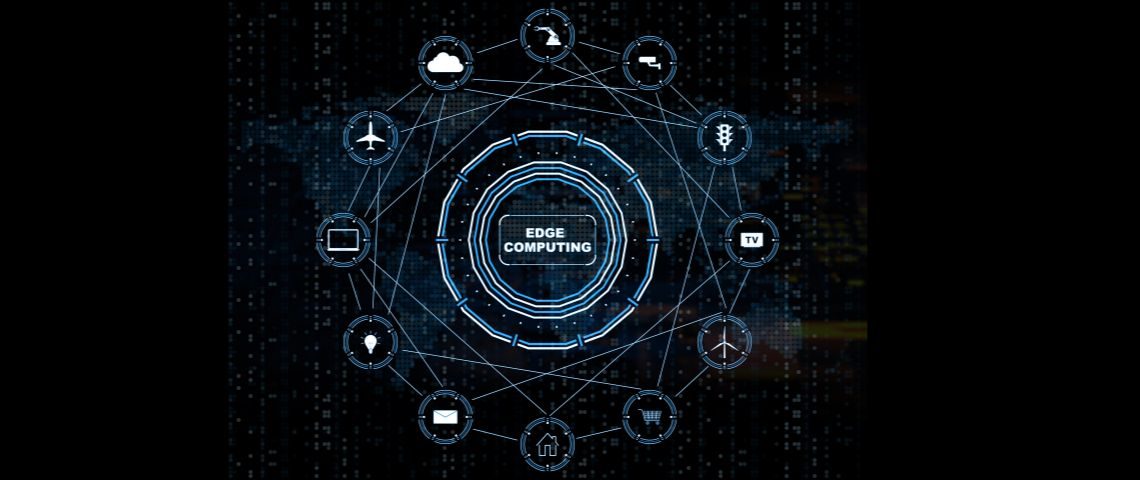In today’s fast-paced business world, companies are inundated with data from IoT sensors, mobile devices, and customer interactions. Relying solely on centralized cloud servers can introduce delays and bottlenecks when immediate action is needed. Edge computing offers a solution: it brings processing closer to the data source, enabling real-time decision-making. This article explores edge computing applications for modern enterprises, comparing edge and cloud computing, and showing how real-time enterprises can benefit from deploying edge solutions. We’ll look at use cases, benefits, challenges, and best practices for leveraging edge in your organization.
What are Edge Computing Applications?
Edge computing is a distributed architecture that moves computation and data storage closer to where data is generated. Instead of sending all data to a central cloud data center, edge devices (such as IoT sensors, gateways, or local servers) process data onsite or near the “edge” of the network. This proximity minimizes latency and bandwidth use, allowing for faster responses. As SUSE explains, edge computing “brings computation and data storage closer to the source of data generation, enabling real-time processing and analysis”.
Key principles of edge computing include:
- Proximity to Data Sources: Processing data near where it is generated (on sensors, devices, or local networks) reduces latency.
- Bandwidth Optimization: Edge nodes filter and summarize data so that only relevant results are sent to the cloud, saving bandwidth.
- Real-Time Responsiveness: By analyzing data locally, edge devices can trigger immediate actions (for example, shutting down a machine if a fault is detected) without waiting for cloud round-trips.
- Resilience: Edge systems can function even with intermittent internet; if connectivity drops, local decisions continue uninterrupted.
In contrast, cloud computing centralizes processing in remote data centers. This is great for large-scale analytics and storage, but can incur higher latency. Edge computing complements the cloud: it handles latency-sensitive tasks at the edge and offloads heavy, non-urgent workloads to the cloud. Together, they create a balanced, hybrid architecture suited for modern enterprises.
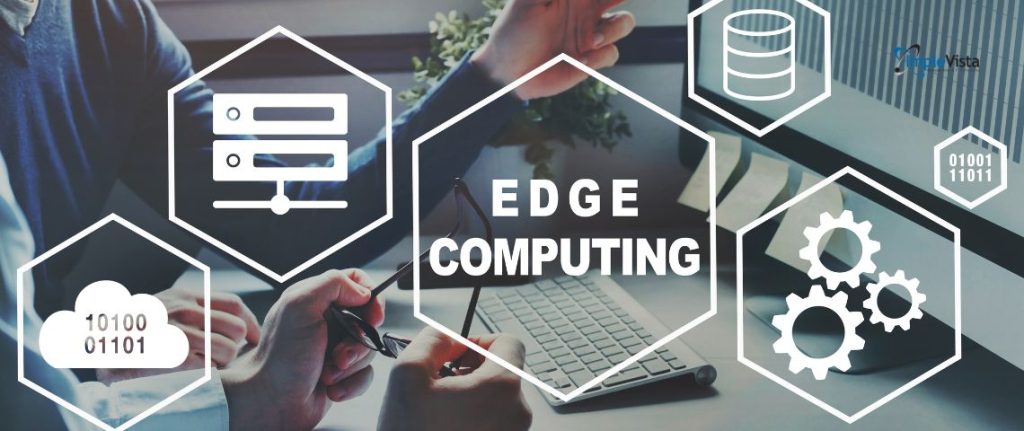
Why Edge Computing Matters for Real-Time Enterprises
Real-time enterprises – companies that need instant data processing and rapid decision loops – benefit tremendously from edge computing. By processing data on-site, edge computing dramatically reduces latency. As the Implevista blog notes, edge computing “improves latency, reduces bandwidth usage, and makes quicker decisions”. Similarly, NVIDIA highlights that edge AI “processes this data locally… enabling real-time decision-making and autonomous operations”.
Key benefits for real-time enterprises include:
- Ultra-Low Latency: Edge nodes process data at the “point of action,” so data travel is minimized. Immediate analytics on live sensor data means faster reactions (fraud alerts, machine shutdowns, emergency responses).
- Real-Time Insights: Tasks like predictive maintenance or quality control in factories require split-second analysis. Edge computing enables “real-time data processing and analysis, making it ideal for applications where immediate decisions are crucial”.
- Reduced Bandwidth & Cost: Sending all raw data to the cloud is expensive. By filtering data at the edge, only summarized insights are sent upstream, reducing bandwidth needs and cloud storage costs
- Enhanced Security and Privacy: Sensitive data can be processed and stored locally. This means personal or proprietary information doesn’t travel over the internet, lowering exposure risks.
- Operational Resilience: If a site loses internet connectivity, local edge nodes can continue operating and making decisions. This is vital for remote oil platforms, mining sites, or vehicles where a constant cloud connection isn’t guaranteed.
- Scalability: Edge computing distributes workloads across many devices. Instead of building one massive data center, enterprises can scale by deploying more edge nodes (e.g., smart cameras, gateways) as needed.
Together, these benefits translate into competitive advantages. As one analysis puts it, “Speed is strategy. Real-time enterprises adapt more quickly than their competitors, leveraging agility to gain market share”. In other words, deploying edge computing applications helps businesses be faster and more resilient in dynamic markets.
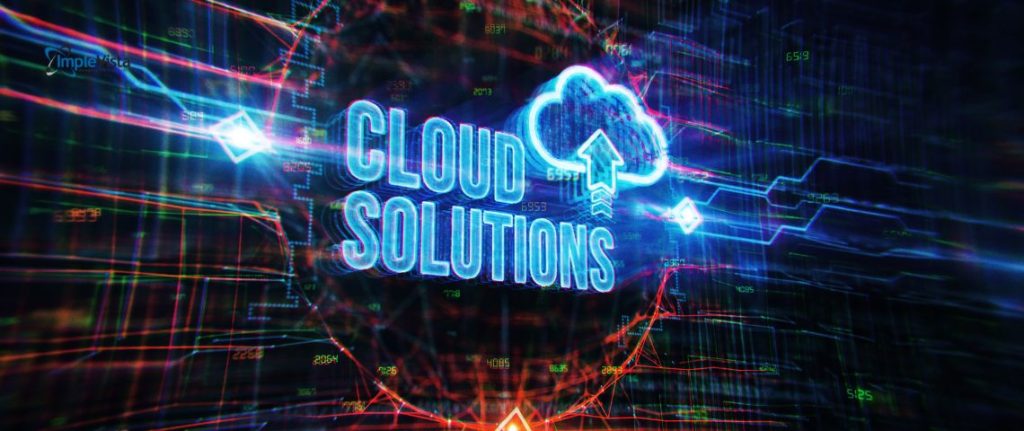
Edge vs. Cloud Computing: Key Differences
“Edge vs cloud computing” is a common consideration for architects. The fundamental difference is where data processing happens. In cloud computing, data is sent over the internet to powerful remote servers. In edge computing, processing occurs on or near the device that collected the data.
- Latency: Edge does local processing, delivering results in milliseconds. Cloud computing has higher round-trip times (data must travel to the data center and back). For critical, time-sensitive tasks (like autonomous driving or emergency alerts), edge is superior.
- Connectivity Dependence: Edge can operate with intermittent or no internet. Cloud services require a stable, high-speed connection. This makes Edge preferable for remote or mobile scenarios.
- Compute Capacity: Cloud servers have vast computing power for heavy analytics or training large models. Edge devices are more limited but are improving (e.g., NVIDIA Jetson, Google Edge TPU). Thus, cloud remains important for big data processing, while edge handles “lighter” real-time tasks.
- Data Management: Cloud systems excel at aggregating and storing massive datasets. Edge nodes hold and process only the data they need. Often, systems use a hybrid approach: process urgent tasks at the edge and offload summaries or bulk data to the cloud for historical analytics.
- Use Cases: Edge computing excels in “apps like autonomous vehicles and industrial automation, where immediate decision-making is critical”. Cloud computing, in contrast, is ideal for large-scale computations, collaboration, and big data analytics.
In practice, “edge complements cloud” by offloading latency-sensitive work while still leveraging cloud resources for heavy lifting. For example, an assembly plant might use edge gateways to monitor equipment vibrations in real time, but send aggregated trends to the cloud for long-term predictive analysis.
Applications of Edge Computing in Real-Time Enterprises
Edge computing applications span many industries. Broadly, any scenario requiring instant analysis of data as it’s generated can leverage edge. Here are common use cases:
- Industrial IoT (Manufacturing): Factories use edge-connected sensors and cameras to monitor machine health. When vibrations or temperatures cross thresholds, edge nodes trigger immediate alerts or shut down equipment to prevent damage. Implevista’s IoT solutions, for example, help companies implement such connected factories. Edge analytics enable predictive maintenance and quality control on the shop floor.
- Autonomous Vehicles and Transportation: Self-driving cars and drones rely on edge computing to process sensor data (radar, camera, LiDAR) in real-time. They can’t wait for cloud servers to decide – decisions about braking, navigation, and obstacle detection must happen onboard with minimal delay.
- Healthcare and Wearables: Remote patient monitors and wearable health devices (like smartwatches) use edge computing to analyze vitals instantly. If a patient’s heart rate spikes, the device can alert medical staff immediately without needing cloud round-trips. Edge computing also enables telemedicine equipment to function reliably, even in areas with spotty internet connectivity.
- Retail and In-Store Analytics: Retailers deploy edge-enabled cameras and IoT beacons to track inventory levels, monitor shopper behavior, or personalize digital signage in real time. For example, cameras can perform on-the-spot customer counting or queue management without sending full video streams to the cloud.
- Telecommunications and 5G: Edge computing works hand-in-hand with 5G networks to bring computing power closer to end users. Telecom companies use edge servers at base stations to manage network traffic, run low-latency applications (augmented reality, gaming), and optimize content delivery.
- Smart Cities and Infrastructure: Edge nodes on traffic lights, power grids, and public safety cameras allow cities to adapt in real time. Traffic lights can adjust signal timing based on live traffic patterns, and surveillance cameras can trigger alerts if they detect accidents or crimes, all processed at the edge.
- Retail Banking and Finance: ATMs or bank branches might use edge servers for quick fraud detection on transactions. By analyzing card usage patterns locally, banks can block suspicious transactions instantly.
- Media and Entertainment: Live video streaming platforms use edge servers (CDNs) to cache content near users, reducing buffering. Augmented reality (AR) and virtual reality (VR) experiences also benefit from edge computation to render graphics with minimal lag.
According to SUSE, edge computing applications enable enhanced efficiency and decision-making in connected industries. For instance, “smart cars, factories, and healthcare systems use Edge Computing to make quick decisions that can make a big difference in safety, efficiency, and customer satisfaction”. Implevista’s work in IoT and digital solutions is directly aligned: our IoT Software Development guide highlights how processing data at the edge (on devices or gateways) reduces latency and improves real-time responsiveness. By adopting these edge computing applications, enterprises can unlock new levels of agility and service quality.
Benefits and Challenges
Benefits:
The real impact of edge computing applications lies in how they turn raw data into instant, actionable insights. Let’s break it down:
- Faster Insights: Instant analytics and control loops on live data allow edge computing applications to detect issues and respond immediately.
- Cost Savings: By processing data locally, edge nodes minimize expensive cloud usage. Many edge computing applications—from smart factories to autonomous systems—cut costs on bandwidth and cloud storage.
- Better User Experience: Applications like AR/VR, live retail analytics, or in-vehicle navigation rely on edge to eliminate lag and deliver seamless interactions.
- Data Sovereignty: With edge computing applications, sensitive or regulated data can stay within local boundaries, helping companies comply with regional privacy laws.
- Scalable Architectures: As businesses grow, they can deploy additional edge nodes regionally. This makes edge computing applications both flexible and cost-effective for global expansion.
Challenges:
Adopting edge computing applications also comes with hurdles.
- Complex Infrastructure: Managing a distributed network of edge devices—servers, sensors, and gateways—requires robust orchestration and monitoring tools.
- Security Risks: Every edge node is a potential attack surface. Securing thousands of edge computing applications running across locations demands end-to-end encryption and regular updates.
- Initial Costs: Deploying specialized edge hardware or integrating existing systems can be expensive upfront. However, the ROI becomes evident once the edge computing applications reduce latency and bandwidth costs.
- Skill Gaps: Edge computing blends networking, AI, and IoT—skills not all teams have yet. As noted, “edge computing is still a relatively new field… the number of people qualified to work in this field is relatively small” .
- Standardization: As edge computing applications evolve, ensuring interoperability between devices and platforms is crucial. Companies must plan for future compatibility and unified data governance.
Despite these challenges, the advantages of edge computing applications far outweigh the complexity. With expert partners like Implevista, organizations can design architectures that maximize real-time performance and long-term scalability.
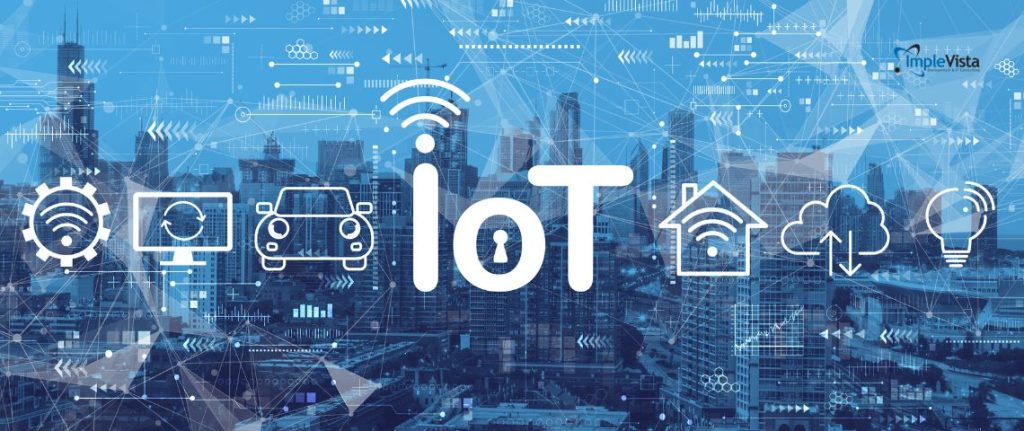
IoT and Edge Computing: The Perfect Pair
The Internet of Things (IoT) and edge computing are two sides of the same coin. IoT devices—like sensors, cameras, and wearables—constantly generate real-time data. But sending all that raw information to the cloud slows things down and strains bandwidth. This is where edge computing applications make a difference. By processing data locally at or near the device, businesses can make instant decisions, enhance system reliability, and protect sensitive data without relying on constant cloud connectivity.
Here’s what the combination of IoT and edge computing brings to enterprises:
- Real-Time Decision-Making: IoT sensors collect continuous data, and edge nodes analyze it immediately—critical for fast responses in manufacturing, logistics, and healthcare.
- Reduced Latency: Local data processing means minimal delay, allowing automation systems or monitoring devices to react in milliseconds.
- Lower Bandwidth Costs: Instead of streaming raw IoT data to the cloud, edge systems filter and send only valuable insights.
- Improved Reliability: Even if the internet drops, edge computing applications keep IoT devices running and autonomous.
- Enhanced Security: Processing data closer to its source limits exposure and reduces the risk of sensitive information being intercepted.
Together, IoT and edge computing create an ecosystem where data is not just collected—it’s acted upon instantly. This synergy is what enables smart factories, intelligent cities, and connected healthcare to function efficiently in real time.
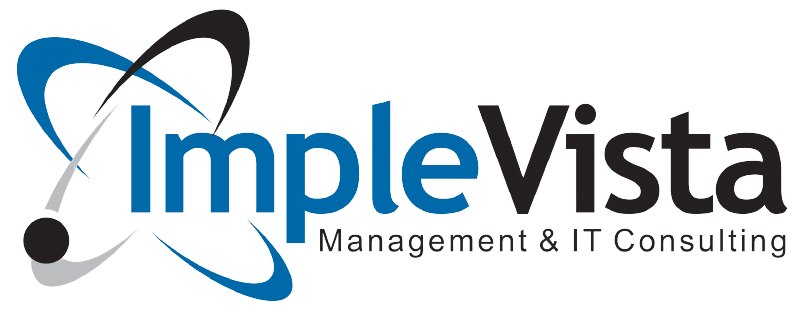
Frequently Asked Questions (FAQs): Edge Computing Applications
Q1: What is edge computing applications ?
A: Edge computing is a technology paradigm where data processing and storage occur close to the devices that generate data, rather than in a centralized cloud. This reduces latency and bandwidth use, enabling faster, real-time analytics and responses.
Q2: How does edge computing work?
A: Edge computing works by deploying “edge nodes” (such as IoT gateways or local servers) at or near data sources. These nodes collect and analyze data locally. Instead of sending all raw data to the cloud, they transmit only summarized results or insights. This local processing speeds up decision-making since data doesn’t have to travel far.
Q3: What are the benefits of edge computing for businesses?
A: The main benefits include much lower latency (because data is processed on-site), reduced network bandwidth usage, improved reliability (works offline), and enhanced data security (sensitive data stays local). These advantages help businesses react instantly to events (e.g., stopping a faulty machine) and save costs on cloud resources.
Q4: What are common edge computing applications?
A: Edge computing applications span many industries:
- Manufacturing: Predictive maintenance and quality control on factory floors.
- Healthcare: Remote patient monitoring and real-time diagnosis devices.
- Retail: In-store analytics, cashier automation, and personalized customer experiences.
- Transportation: Real-time traffic management, autonomous vehicles, and drone control.
- Telecom: 5G network optimizations and live video streaming.
- Smart Cities: Traffic light control, environmental sensing, and public safety systems.
These applications rely on processing sensor or user data instantly at the edge.
Q5: How does edge computing differ from cloud computing?
A: The key difference is the location of processing. Cloud computing processes data in centralized remote data centers; edge computing does so on local devices or gateways. Edge offers lower latency and offline capability, while cloud provides high compute power and storage. For latency-critical tasks (e.g. real-time analytics), the edge is better. For heavy analytics on large datasets, the cloud is often better.
Q6: Why is edge computing important for real-time enterprises?
A: Real-time enterprises need immediate data insights to be competitive. Edge computing minimizes the time between data generation and action. By processing data near its source, companies can make instantaneous decisions (like fraud prevention or machine control) that cloud-only architectures might delay. This agility gives them a strategic advantage.
Q7: Which industries use edge computing the most?
A: Industries with latency-sensitive and data-intensive operations lead in edge adoption: manufacturing/industry 4.0, healthcare, retail, transportation (including automotive and airlines), energy/oil & gas, telecommunications, and smart city services. Any sector with IoT sensors or mobile devices generating continuous data often deploys edge for faster insights.
Q8: How does edge computing improve latency and efficiency?
A: By processing data on-site, edge computing cuts out the round-trip delay to a distant server. This reduces time from data capture to result, sometimes from seconds to milliseconds. It also means less data travels on networks, freeing up bandwidth. Overall, organizations handle real-time tasks more efficiently and avoid the bottlenecks of cloud-only models.
Q9: What challenges do organizations face when adopting edge computing?
A: Common challenges include higher upfront costs for hardware, the complexity of managing many distributed devices, and ensuring security at the edge. Enterprises must also develop governance for decentralized data and may need new skill sets in edge and network architecture. Overcoming these challenges often involves phased deployments, strong security practices, and partnering with experts.
Q10: Will edge computing replace cloud computing?
A: No – edge computing is not a replacement, but a complement to cloud computing. Both have roles in a modern IT strategy. Edge handles instant, local processing, while cloud handles large-scale analytics, storage, and non-critical workloads. Most organizations use a hybrid approach: critical, low-latency tasks at the edge, and heavy analysis in the cloud
Edge computing empowers real-time enterprises by delivering faster decisions, lower latency, and smarter insights. By distributing intelligence to the network edge, businesses can enhance performance and resilience while reducing costs. As markets evolve, adopting edge computing applications is a strategic move that future-proofs your organization.
Ready to explore how edge computing can transform your business? Contact Implevista today to discuss custom IoT and cloud solutions. Explore our IoT Solutions page and Cloud Engineering services to see how we integrate edge and cloud. Subscribe to our blog for more insights on cutting-edge technology. For further reading, check out our related posts on cloud and IoT innovation in our Implevista Blog.
Reach out via our contact page to start your edge computing journey, or learn how we helped clients with real-time analytics and IoT in our case studies.

